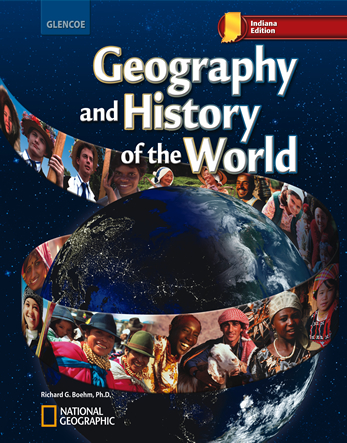1 A) Han B) Ainu C) Middle Kingdom D) Tibetans 2 A) Taiwan B) North Korea C) China D) Mongolia 3 A) increasing urbanization B) rapid population growth C) farm labor shortages in rural areas D) an ongoing successful population control program 4 A) Japan B) China C) Korea D) Mongolia 5 A) Shang B) Zhou C) Qui Shi Huang Di D) Qing 6 A) all of China B) Outer Mongolia C) Siberia D) Manchuria 7 A) thirty-eighth parallel B) Yalu River C) Tropic of Cancer D) Chinese border 8 A) Tokyo B) Ōsaka C) Kyōto D) Nagasaki 9 A) Chinese B) Mandarin C) Japanese D) Mangolian 10 A) haiku B) Kabuki C) pagoda D) Noh







